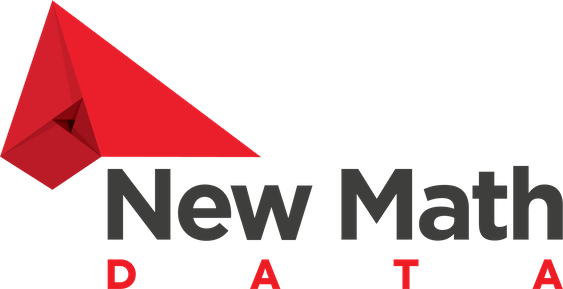Migrating from OpenAI & Pinecone to AWS OpenSearch with Claude for Content Discovery
A content discovery and curation platform faced escalating costs and vendor lock-in with their Pinecone vector database and OpenAI embeddings architecture. Managing semantic search across tens of millions of documents, they encountered scaling challenges, limited customization, and rising costs that threatened search performance. In content discovery, search delays beyond 100ms can reduce user satisfaction by up to 40%.
NMD identified core issues:
- Dual vendor lock-in with Pinecone (vectors) and OpenAI (embeddings) creating compounding costs and limited flexibility
- SaaS constraints preventing hybrid search implementation (semantic + keyword + filtering)
- Scaling limitations approaching 100 million records per month with no cost-effective growth path
- Manual operations consuming engineering time on maintenance rather than innovation
The solution consolidated two vendors into AWS-native services: OpenSearch for unified search and Claude/Titan via Bedrock for embeddings. NMD executed a Migration Acceleration Program (MAP) assessment, then implemented production-grade OpenSearch with advanced hybrid search capabilities.
Key implementation:
Migration Strategy (3-week assessment + 8-week implementation):
- Exported all Pinecone vectors via parallel API retrieval
- Re-embedded documents using Amazon Bedrock Titan v2 embeddings
- Phased migration with dual-read validation for zero-downtime cutover
- Retained Pinecone read-only as temporary fallback
OpenSearch Architecture:
- Three-node OpenSearch 2.19 cluster across three Availability Zones (us-west-2) on r6g.large.search instances
- 300 GB encrypted EBS storage per node with 10 primary shards + 1 replica
- Automated rollover at 100 GB or 7 days for lifecycle management
- Hybrid search combining BM25 lexical and Bedrock Titan v2 vector semantics
Infrastructure as Code:
- Full Terraform automation with S3/DynamoDB state management
- Automated secret rotation via Lambda and Secrets Manager
- Three-tier network model (Public API – Protected App – Private Data) with CloudFront + WAF
- CloudWatch logging and SNS alerting for monitoring
Outcomes achieved:
- Unlocked hybrid search combining semantic understanding with keyword matching and metadata filtering—impossible with Pinecone's vector-only approach
- Reduced operational overhead through Infrastructure as Code automation, eliminating manual indexing and maintenance cycles
- Enhanced security posture with tiered network segmentation, WAF protection, role-based IAM policies, and automated credential rotation
- Scalable foundation supporting 10-100 million documents with efficient shard strategies (~10 GB shards) and horizontal scaling capability
Business Impact:
The 11-week engagement (3-week assessment + 8-week implementation) transformed the customer from constrained multi-vendor SaaS to open AWS-native architecture, gaining:
- Cost predictability replacing unpredictable Pinecone and OpenAI SaaS pricing
- Enhanced relevance through hybrid queries outperforming vector-only search
- Compliance-ready infrastructure with standardized deployments and comprehensive monitoring
- AI-ready platform for future personalization and advanced recommendation features
This positioned the customer with complete infrastructure ownership, superior search capabilities, and sustainable cost-effectiveness—all within AWS’s unified ecosystem.
Use Case Classification
Primary:
Migration & Implementation - Exemplifies migrating from legacy SaaS vendors (OpenAI/Pinecone) to AWS-native services (OpenSearch/Bedrock).
Secondary:
Intelligent Document Processing, Natural Language Processing, Compliance & Regulatory Management
Value:
Demonstrates successful multi-vendor exit strategy, moving to open AWS infrastructure while improving capabilities and reducing costs.
Ready to Transform Your SaaS Business?
See how New Math Data can transform your SaaS business with AWS-powered innovation.
